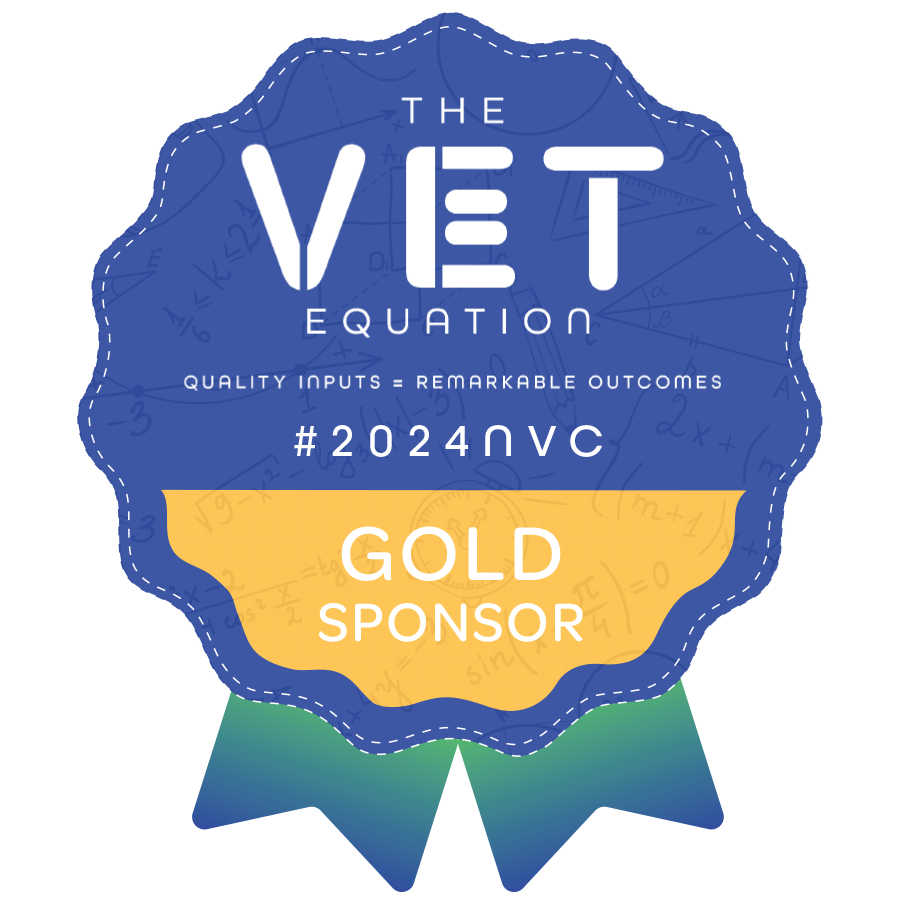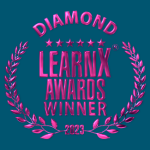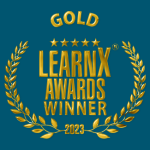What RTOs need to consider when purchasing quality training resources
Designing and developing your own quality training and assessment resources has its advantages. However, it is time-consuming, costly, and requires a highly qualified and experienced resource designer due to the complexity of the VET framework.
Because of this, many RTOs choose to purchase off-the-shelf training and assessment resources. The challenge then is assessing the quality of the RTO training materials and assessment resource providers.
Resource providers tend to offer up sizable discounts which often distracts from the most critical assessment needed – the quality. Furthermore, there is a focus on the assessment component while the actual training resources are sometimes forgotten.
This blog focuses on what to look for regarding training resources specifically. Some key areas to assess when reviewing off-the-shelf training resources are examined.
- Engaging and practical
Text-heavy resources with few or no activities are unlikely to be engaging for students and reduce the learner’s ability to practically apply the skills and knowledge. Having predominately text that then includes a knowledge check at the most provides no practical application of the learning.
To illustrate this, consider the unit BSBTWK503 Manage meetings which requires a student to prepare, conduct, and follow up meetings. Appropriate practical activities in a training resource can focus on skills around developing an agenda and conducting a meeting. By completing these activities during the training, the learner is developing their skills and preparing for assessment. It also means they are more likely to be engaged because they will be participating in a practical activity, rather than simply reading how to do something.
This comes back to the concept of learning through doing – I always think this approach to learning is the most successful.
Lastly on this note, the modern learner – as I like to call them – does not want to spend hours reading text. They want to get hold of the information as efficiently and quickly as they can. Minimal text, links to other sources of information, and practical activities will assist to meet this need.
- Holistic approach
Something else to look for is a holistic training resource. So many resources are written following each performance criteria and this is usually not logical or interesting and doesn’t provide for easy reading or a natural flow of information.
A good learning resource will have a logical structure that addresses all the aspects of the unit but does not necessarily follow the performance criteria order. The experienced resource developer will have looked at the unit holistically, coming up with a structure for the content that makes sense and will facilitate effective student learning.
- Make sure the unit of competency (UOCs) terms can be understood
An experienced resource developer will try and interpret what a unit of competency might mean and turn it into understandable content. Too often you see “unit of competency speak” which is difficult to understand. In fairness, the UOCs often do not make sense but it is so important that resource developers make the effort to interpret what is meant and then bring it to life in an interesting, logical and engaging manner.
To illustrate this, consider the unit ICTICT451 Comply with IP, ethics and privacy policies in ICT environments and the performance evidence item “evaluate and implement at least three different types of intellectual property (IP) within an organisation”. It is not entirely clear to me what this means! The trick is to decipher it and turn it into something that learners can understand. It can be discussing different types of intellectual property such as copyright, patents, and trademarks and how systems can be implemented within an organisation to protect it. For example, through policies and procedures or staff training, or regular audits. The interpretation will vary but this is an example of how it could practically be interpreted and taught.
- Training is linked to the assessment task
A quality training resource will be linked to the assessment task. Going back to the previous example for the unit BSBTWK503 Manage meetings. If the assessment task is to develop an agenda, then the practical activity in the training resource can be researching examples and then developing a format for an actual agenda. This can also be completed in small groups, so students learn from each other during this phase of their course.
Another example of how the training and assessment should be linked is ensuring the resources include information to assist students to complete their assessment activities. This can be by including the information in the resource or through an activity that requires the student to research the answer. It can also be useful to let students know in an activity that they will need this information for their assessment task. This encourages the student to complete the learning activity.
- Mapped
It is important the training resources are mapped to the unit of competency. This helps to confirm that the training covers all aspects of the UOC. Ideally, the resource developer needs to provide mapping to the learning content – after all, we are working with “Training Packages” not just “Assessment Packages”! Back to my point about the training material getting forgotten over a hyper-focus on the assessment component. If there is no mapping, then it’s important to check that the learning content does address all aspects of the unit of competency.
When choosing off-the-shelf training material, RTOs need to do a thorough assessment of the true quality of the resources. Giving students a training experience that is engaging, practical, and sets them up for success is critical. RTO Works shares this vision with RTOs and has a high focus on providing quality training and assessment material that meets this objective. With over 20 years of experience in the VET industry, put our resources to the test – www.rtoworks.com.au

Sally is a leading expert in vocational education and training (VET), with over 20 years dedicated to guiding RTO, CRICOS, and ELICOS providers in achieving and maintaining compliance. As a former auditor and a member of the Training Package Quality Assurance Panel, Sally understands the intricate demands of registration, compliance, and quality assurance.
Her commitment to excellence has driven her to develop high-quality learning and assessment resources that empower training organisations to focus on delivering outstanding student outcomes. Known for her keen eye for detail and comprehensive approach, Sally continues to support VET providers and industry stakeholders with unparalleled expertise and progressive insights.




